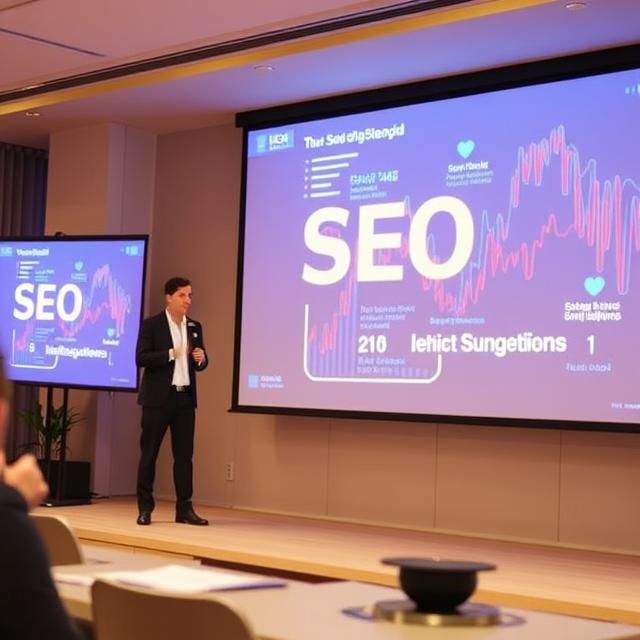The digital landscape continues to evolve rapidly, and search engines are getting smarter with each algorithm update. For businesses and marketers looking to stay ahead, understanding emerging SEO trends and Google’s latest algorithm shifts is essential. In this post, we explore key SEO trends shaping 2025 and how you can adapt your strategy to remain visible and competitive online.
1. AI Powered Search and Google’s SGE
Google’s Search Generative Experience (SGE) is transforming how users interact with search. Instead of relying solely on traditional links, SGE provides AI-generated summaries and insights directly in the search results.
What it means for SEO:
- Content that answers questions clearly and concisely may be prioritised.
- Structured data and semantic relevance will be key.
- Sites should focus on topical authority and depth rather than keyword stuffing.
2. Voice and Conversational Search
With the rise of smart devices and voice assistants, more users are performing natural language queries.
How to optimise:
- Use long-tail keywords and question-based content.
- Optimise for featured snippets and FAQ sections.
- Prioritise clear, conversational tone in content writing.
3. E-E-A-T and Authoritativeness
Google’s continued emphasis on E-E-A-T (Experience, Expertise, Authoritativeness, and Trust) means your site’s credibility matters more than ever.
Key actions:
- Highlight author credentials and experience.
- Earn high-quality backlinks from trusted sources.
- Maintain an active presence in your niche or industry.
4. Core Web Vitals and UX Signals
User experience is now a core ranking factor. Core Web Vitals, including page loading speed, interactivity, and visual stability are central to how your site is evaluated.
Tips:
- Optimise for mobile-first design.
- Compress images and use lazy loading.
- Minimise layout shifts and improve navigation.
5. First-Party Data and Privacy Focused SEO
As third-party cookies continue to fade, privacy-first strategies will reshape how data are collected.
What you should do:
- Build trust with clear cookie and privacy policies.
- Invest in email marketing and first-party analytics.
- Understand user behaviour through privacy-compliant tools.
6. Visual and Multimodal Search
Visual search and tools like Google Lens are gaining traction. Users can now search using images, screenshots, or even live camera input.
Optimise for visual SEO:
- Use descriptive, keyword-rich alt text.
- Optimise images with proper file names and structured data.
- Ensure your site is image- and video-friendly.
Need help adapting your SEO strategy?
Get in touch with our expert team, we help businesses stay discoverable and competitive in a fast-changing digital world.


